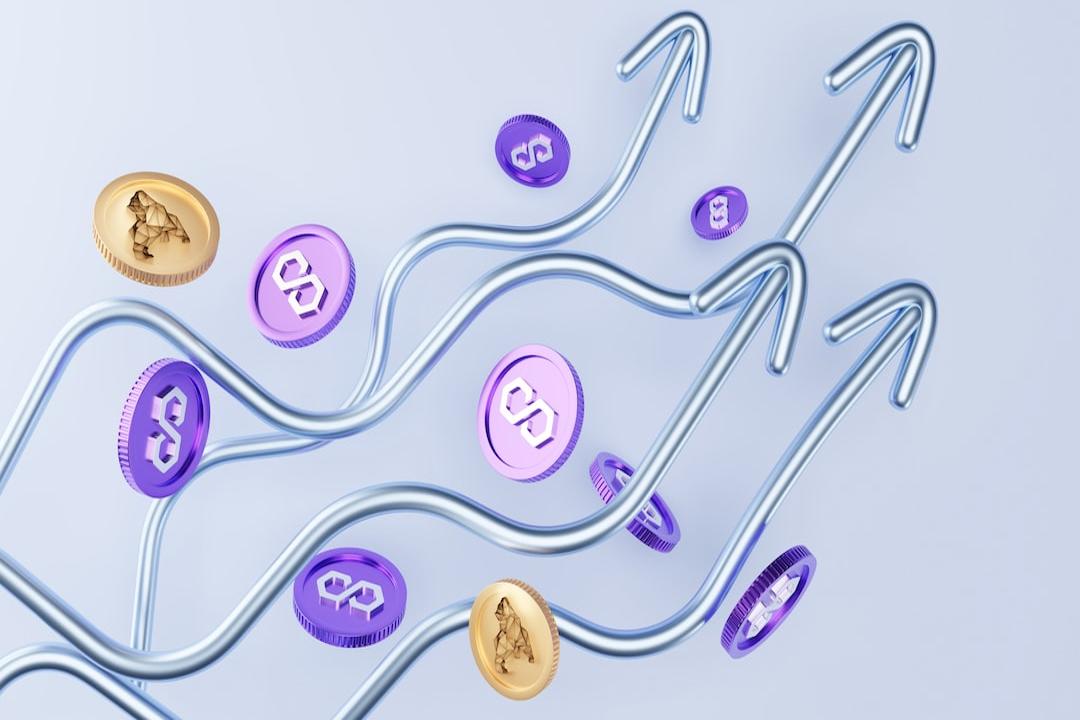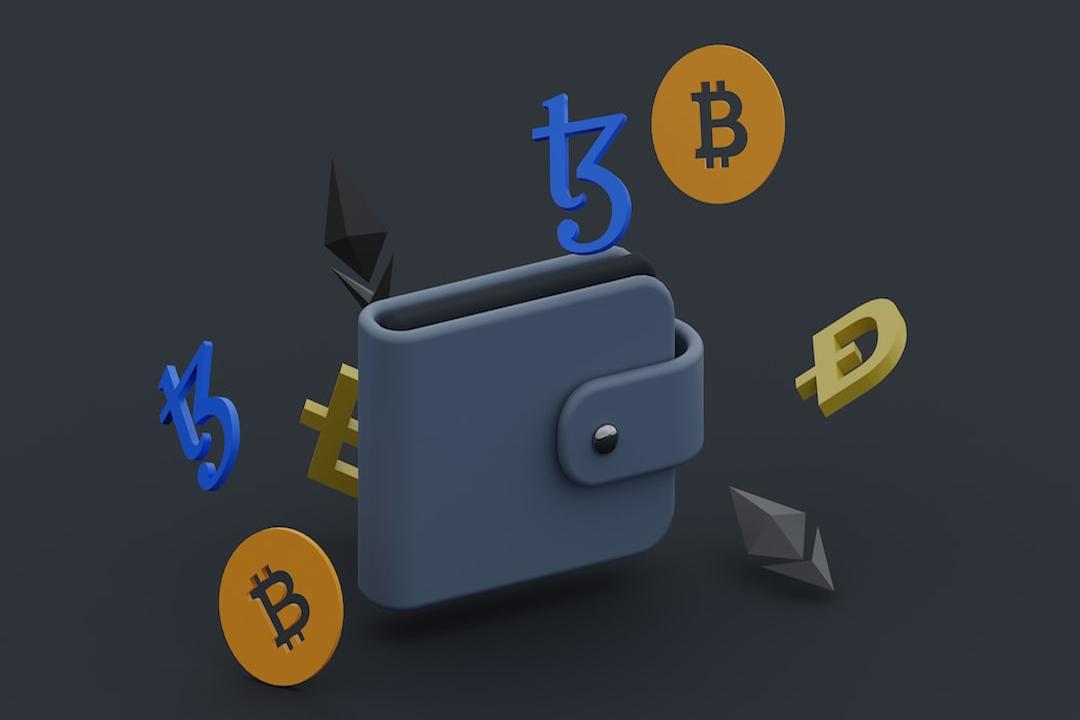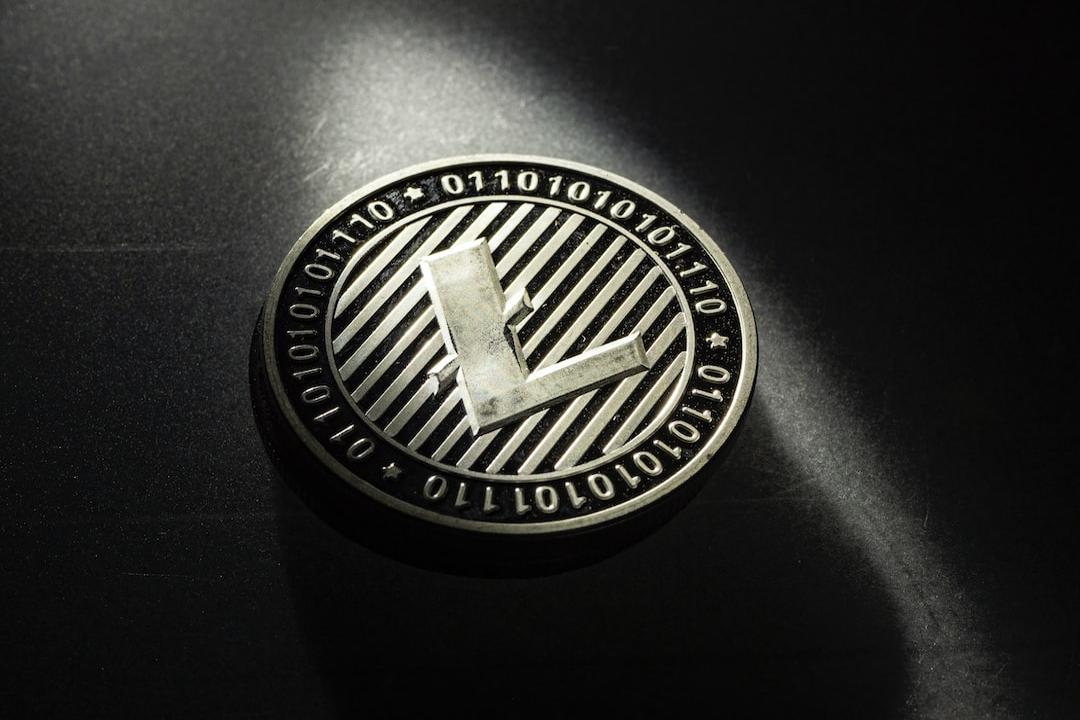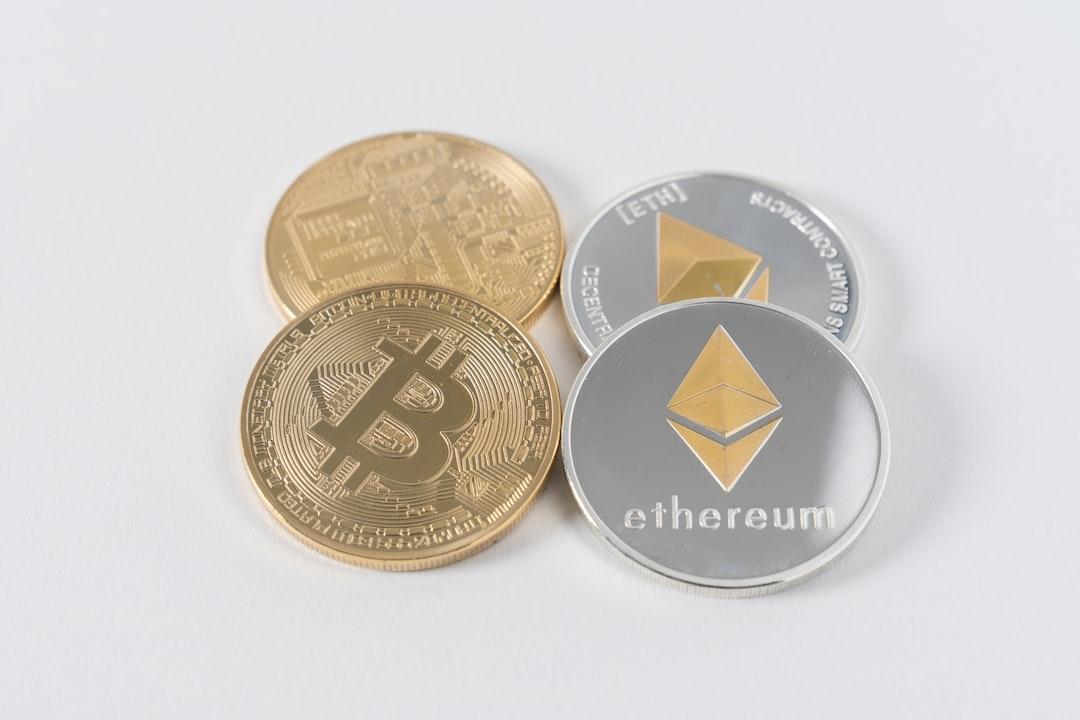Please note that VanEck holds Sui (SUI) and Aptos (APT), and this article is sourced from Patrick Bush, written by VanEck and compiled, translated, and written by Foresight News.
(Previous summary: Aptos Labs CEO Mo Shaikh announced his resignation and transition to an advisory role, with CTO Avery Ching taking over)
(Background: In-depth analysis: Sui vs. Aptos, who is the top public chain of the MOVE system?)
We compared Sui and Aptos in terms of blockchain efficiency, scalable suite, ecosystem, and transaction advantages, and predict that by the end of 2025, the price of SUI will reach $16 and APT will reach $22.
Please note that VanEck holds Sui (SUI) and Aptos (APT).
Sui and Aptos: Origins and Overview
Previously, we discussed the potential of Ethereum and Solana to attract billions of users to the crypto field. While both ecosystems are attractive, they represent early-stage blockchain technology. Since their inception, a new generation of blockchains has emerged to overcome the limitations of these systems, including Aptos and Sui, founded by former members of the Facebook blockchain project Diem.
Diem attempted to create a stablecoin payment system for the Facebook social media platform but was stalled due to regulatory pressure. However, its technical experiments have led to significant breakthroughs in the blockchain field. The most important legacy of Diem is the Move smart contract programming language, which is developed using the Rust language, used by 4.3 million developers worldwide and the third-fastest-growing language, optimized to address the shortcomings of early smart contract languages such as Ethereum Solidity and Cardano Haskell. Both Aptos and Sui use Move to build a faster, more secure, and more intuitive development environment for developers. Move also enables faster transaction confirmation speed (time for users to receive confirmation) and higher throughput (transaction processing capacity per unit of time) for their virtual machines (VMs). The potential of Move is so great that the total market value of blockchains based on Move has skyrocketed from around $5 billion to $22 billion within one year.
Core Comparative Dimensions
Blockchain efficiency and scalable suite
Ecosystem
Transaction experience
Token economics
Valuation model
2025 price prediction
Conclusion and investment risks
The size of the cryptocurrency developer community is only 1/1000 of JavaScript’s

The importance of the Move language is that it provides a more user-friendly entry point for developers. The cryptocurrency developer community is extremely small, with the number of full-time developers at Meta (Facebook) exceeding the entire cryptocurrency industry. By providing a more user-friendly and efficient language, Move is expected to attract a wider range of developer communities and promote experimentation and innovation. This kind of innovation is crucial for discovering “killer applications” that drive large-scale adoption. We see blockchain as an innovation experimentation platform, and its high valuation is based on its ability to nurture applications with billions of users. Since no one knows how the next breakthrough application will emerge, attracting as many developers as possible for experimentation is crucial.
Both Aptos and Sui combine the Move virtual machine with advanced consensus mechanisms to ensure efficient verification of transactions on the network. This combination of cutting-edge virtual machines and consensus protocols forms the technological foundation that surpasses previous-generation blockchain systems. Before innovations such as Solana’s Firedancer proved its limitations, Sui and Aptos represented the pinnacle of blockchain technology.
Aptos set a record of 326 million transactions in a single day on 10/18/2024 (13,300 TPS)

Sui and Aptos provide key blockchain technologies that can serve hundreds of millions of users. Both of them excel in simplifying the development process and ensuring security compared to Solana (which sacrifices scalability for complexity) and Ethereum (which sacrifices technical bureaucratic governance and outdated technology for a rich ecosystem). On a tactical level, Sui and Aptos provide a better experience for current core use cases in crypto (speculation and value transfer). On a strategic level, they lay the foundation for non-speculative applications such as AI agents, social media, and cloud services. Although the form of future groundbreaking applications is unknown, Sui and Aptos have demonstrated powerful potential to attract the next generation of blockchain users.
But what makes these systems so outstanding? Which one is better?
Sui vs. Aptos: Blockchain Efficiency and Scalable Suite
Despite sharing the same Move language genes, the blockchain architectures of the two represent different design philosophies. Each network uses a customized version of the Move language, optimizing for transaction processing in a unique way.
When a transaction is sent to the blockchain, it carries information about the database (i.e., “state”) that needs to be modified. Blockchain engineers refer to these database updates as “state changes.” Most blockchains use a hierarchical validation mechanism: a temporary “leader” serves as a single validator responsible for receiving transactions, validating their validity (checking signatures, preventing double spending), ordering execution, updating the state, and broadcasting the generated transaction block to other validating nodes. When more than two-thirds (66%) of validators reach consensus, the blockchain moves on to the next block.
The blockchain architecture can be divided into two core components:
1. Transaction processing and block building
Verify the authenticity of transactions
Ensure sufficient account balance
Execute smart contracts
Update the blockchain ledger
2. Network communication and state synchronization
Broadcast transaction blocks to the entire network
Synchronize changes to ensure consistent state among all validators
Handle conflicts in the ledger reconciliation
To increase throughput, block capacity needs to be increased or data processing efficiency needs to be optimized. Sui and Aptos break through technical boundaries in different ways by customizing the Move language.
Blockchain transaction throughput = Block size × Block processing speed
Both are committed to optimizing data processing scale and propagation speed. We reveal their advantages and trade-offs by analyzing the design differences in the “transaction processing and block building” stage.

Analogy of blockchain technology: Optimizing restaurant operations
Blockchain = Restaurant: Provides infrastructure and environment
Users = Customers: Interact with the system through “ordering” (transactions)
Transactions = Orders: Specific requests initiated by users
On-chain applications = Waiters: Deliver orders to the kitchen (validators) and return processing results
Leader validators = Kitchen: Process orders (verify and execute transactions) and produce results (state changes)
State changes = Dishes: Processed transaction results
In this analogy, the technical improvements of Sui and Aptos are like optimizing restaurant operations—accelerating kitchen efficiency, improving waiter coordination, and ensuring accurate and fast order processing.
Ethereum: Slow-paced restaurant
Ethereum adopts a single-threaded state update mechanism that accumulates transactions over a long period to form a block. Its small block size and limited operations require sequential processing—even for different parts of the state. This combination of small blocks, low frequency updates, and sequential execution leads to low throughput and serious scalability problems.
Analogy: Ethereum is like a restaurant with only one chef. Customers (users) interact with the system through waiters (applications) to submit orders, which are aggregated into a list with limited capacity. Orders that do not pay a high enough “tip” (gas fee) are removed. After about 12 seconds, the order list is sent to the “head chef” (validator) for processing in order of tip amount. Due to limited capacity, congestion inevitably occurs during peak hours. Users complain about long waits and dislike paying high fees without receiving service.
Ethereum restaurant: Each order needs to be processed one by one, even without conflicts

Sui and Aptos: Introducing parallel processing fast food restaurants
By allowing conflict-free transactions to be processed in parallel, both have made significant breakthroughs. For example, transactions involving simple payments or different applications can be executed synchronously. Although chains like Solana and Monad also support parallel processing, Sui and Aptos currently have the most advanced designs.
Analogy: Adding multiple chefs to the kitchen. However, due to the limited number of devices, when multiple tables order pizzas at the same time, a lack of oven capacity will result in some orders still having to wait in line. In the blockchain scenario, this is similar to traders competing for the best price on the same DEX—conflicts need to be resolved, and Sui and Aptos have different approaches.
Parallel processing increases throughput

Sui: “Exquisite cuisine” with static parallelism
Using a “static parallel” mechanism similar to Solana, transactions need to declare the parts of the state they will read and write in advance. Sui determines conflicts based on this and resolves them in order of fees, receipt time, etc.
Analogy: In the “Sui restaurant,” waiters (applications) divide orders into kitchen devices. If two orders require the same device (such as a pizza oven), the system will determine the processing order in advance. For example:
Table A orders a white pizza
Table B orders a black pizza (signature dish)
Table C orders salmon
The A and B orders conflict due to the shared oven, and the system prioritizes processing the B order, while the C order can be processed immediately using the idle grill.Sui Conflict Prejudgment Mechanism

Aptos: Dynamic Concurrent “French Feast”
Adopting a Monad-like “dynamic concurrency” approach, assuming conflicts are rare, conflicts are detected in real-time during transaction processing. If a conflict is found (such as multiple transactions competing for the same asset), the transaction is rolled back and reordered.
Analogy: In “Aptos Restaurant,” waiters do not need to anticipate the use of kitchen equipment. Orders go directly to the “Kitchen Manager” (scheduler), which assumes no conflicts and processes them immediately. If an actual conflict occurs (such as multiple customers competing for the same Dover sole), cooking is stopped and rescheduled. Although it may seem inefficient, Aptos Kitchen’s high-speed processing capability can usually absorb such losses.
Aptos Dynamic Conflict Resolution

Deep Impact of Two Models
Aptos’ Development Friendliness
Reduces development complexity by not mandating state dependency
Suitable for flexible application scenarios (such as order condition execution)
Efficient Execution of Sui
Prevents conflicts in advance, reducing computational resource consumption
Performs well in high-competition scenarios (such as DEX arbitrage)
But may result in some states being exclusively locked due to “write locks”
Extreme Scenario Testing
Aptos may encounter scheduling bottlenecks in high-conflict situations (following Kingman’s formula: when the system load approaches capacity, even a slight increase in traffic will cause exponential delays)
Sui’s write locks may lead to inefficient resource utilization
Sui’s Unique Advantages: Local Fee Market and Service Level Agreements
Local Fee Market
Different applications can independently price gas fees (such as the SUI/USDC pool of Aftermath Finance can price independently)
Contrasted with Aptos/Ethereum’s global fee market (congestion in a single application causes a network-wide increase in gas fees)
Analogy: Sui Restaurant prices each cooking area according to demand (increasing the price of sea urchin pasta does not affect the beef roll), while Aptos has a unified pricing system (increased demand for orange juice marinated fish ice cream leads to an increase in the cost of red snapper pizza).
Service Level Agreements (SLA)
Validators can promise daily transaction delay and pricing
Ensuring enterprise applications are not affected by other activities on the chain
Finality Time: Sui has the advantage

For simple payment transactions, Sui achieves low latency and high throughput through two mechanisms:
Fast Path: Bypasses the consensus mechanism, reducing latency to 300 milliseconds
Pilot Fish: Validators can achieve near-infinite scalability by adding servers
The technical foundation is the object-oriented state architecture—assets such as USDC are held directly by users as independent objects (rather than Ethereum’s contract accounting model). When two users transfer funds simultaneously, Sui can process them concurrently (modifying the ownership of each object), while Aptos/Solana requires sequential access to the same smart contract.


Aptos’ Response: Quorum Store
Improves throughput by optimizing the consensus process:
Allows non-leader validators to participate in transaction propagation
Leaders focus on block proposals and broadcasting
May exacerbate scheduling challenges in high-conflict scenarios
Trade-offs in Security
To improve speed, Sui omits the DAG verification step, which may make it more susceptible to network packet loss (e.g., 1% packet loss by 5/100 validators significantly slows down the system). In addition, malicious validators have a greater attack surface on Sui compared to Aptos. Although major attacks on PoS systems are still theoretical risks, this vulnerability may be amplified as the ecosystem matures.
Ecological Status: Sui temporarily leads


Key Applications
Sui: Suilend/Navi lending protocol (TVL over 450 million), BlueFin perpetual contract (average daily trading volume of 250 million, ranked 7th in the entire chain)
Aptos: Thala stablecoin DEX protocol (TVL 135 million)
Incentive Strategies and “Hired Capital” Risk
Sui: Promises to incentivize the ecosystem with 157 million SUI tokens (current value of about 300 million USD), estimated annualized return increase of 5.2%-10%
Aptos: Provides incentives of 6.5%-20% APT to attract liquidity, estimated annual incentive spending of 100 million USD
Both face the problem of “hired capital”—users come only for arbitrage rewards, and the sustainability of the ecosystem is in doubt
Developer and Community Activity
Active developers: 280 per week for Sui vs 272 per week for Aptos (Ethereum has 3,300 and Solana has 1,200)
Google search interest: Sui is 9 times that of Aptos, with 17 days in the past 90 days surpassing Solana and 16 days surpassing Ethereum
No successful differentiated applications have emerged yet (such as Sui’s FanTV and Birds with low user volume)

Trading Experience: Sui is better
Sui has built a better system for traders, which is reflected in:
Programmable Transaction Blocks (PTB)
A single transaction can dynamically call up to 1,024 instructions, combining on-chain/off-chain data for decision-making (such as DEX aggregators using ASIC/GPU to calculate the optimal path).
Beyond Solana’s account number limit (64 input accounts), supports complex transactions (such as operating over 100 objects simultaneously).
Gas Fee Mechanism
Sui: Validators set a benchmark price, and users can add priority fees to jump the queue. Adopts a local fee market, allowing high-demand applications to price independently (such as the SUI/USDC pool of Aftermath Finance).
Aptos: Governance sets a base gas price, and fees are globally variable. No priority fee mechanism, and high-demand scenarios cause a network-wide increase in fees.
DeepBook Liquidity Layer
Built-in central limit order book (CLOB) in the Sui chain, aggregating liquidity across the chain.
Reduces DEX slippage and weakens the liquidity monopoly advantage of top-tier applications.
Impact:
Market makers have lower costs in updating quotes in Sui (updating thousands of orders in a single transaction batch).
Sui DEX may have better spreads than Aptos, attracting more trading volume.
Token Economics Comparison

Unique Designs:
Sui Storage Fund: The network pays newly minted SUI to validators to compensate for long-term storage costs, creating deflationary pressure on the token.
APT Inflation and Burn Balance: High trading volume may result in deflation for APT, but current annual inflation is still higher than the burn rate.

Valuation Model and Price Prediction
Total Market Cap of Smart Contract Platforms (SCP)
Expected to reach 1.1 trillion USD by the end of 2025 (currently 770 billion, +43%)

Based on the US M2 money supply (expected to be 22.3 trillion by 2025, annual growth of 3.2%), regression analysis (R²=0.36)
Market Share of the Move System
Currently 2.7% (Sui 2% + Aptos 0.7%) → 6.5% in 2025
Price Prediction
SUI: 5.5% market share corresponds to a market cap of 610 billion, with a circulating supply of 3 billion → $16 (current price 3.75, +326%)
APT: 1% market share corresponds to a market cap of 110 billion, with a circulating supply of 507 million → $22 (current price 7.3, +201%)
Conclusion and Investment Risks
Our Conclusion
Existing evidence suggests that Sui is more competitive with its performance advantages and scalability potential. Its unique local fee market, Pilot Fish architecture, and fast path design provide high-frequency traders with a better DeFi pricing environment. In addition to its strong community narrative ability, Sui has established a leading position in token performance and ecosystem activity.
However, Aptos’ advantages in development flexibility and chain robustness should not be overlooked. Although Sui currently leads in TVL, DEX trading volume, and other economic indicators, the dynamic changes in the cryptocurrency market may quickly reverse the situation. In the long run, the outcome will depend on who can continue to innovate and translate technological advantages into ecological prosperity.
Five Core Risks
Business expansion dilemma: Both have not formed a synergistic strategy for technical development and ecosystem expansion. If they fail to cultivate killer applications that truly utilize their technological features, the sustainability of the ecosystem is in doubt.
Lack of stress testing: Current transactions are primarily simple transfers and have not experienced extreme trading volume like Solana’s DEX. Innovative features such as Pilot Fish may require compromises in high-pressure scenarios.
Intensifying competition threats:
Solana’s Firedancer upgrade: After the 2025 performance upgrade, it may surpass Sui/Aptos
Emerging public chains: Monad’s technological community dual advantage, Berachain’s speculative momentum
Historical lessons: High-performance chains are easily replaced by newcomers (e.g., the decline of EOS and Tezos)
Macroeconomic volatility: Cryptocurrencies are strongly correlated with the M2 money supply (R²=0.36). If the Federal Reserve tightens liquidity or a global financial crisis occurs, the market value of SCP may significantly shrink.
Regulatory black swan: If the FIT 21 bill sets strict decentralized standards, Sui/Aptos may be classified as securities, restricting their circulation to qualified investors.
Disclaimer
The content described in this article is for research purposes only and does not constitute investment advice. Price predictions are based on derived assumptions from a model, and actual results may deviate significantly from expectations. Blockchain technology carries high risks and market volatility, so readers should make independent judgments and take responsibility for their investments.

Related Reports
List Released! Taiwan’s Blockchain “Most Influential 30 People of the Year”: 2025 Market Key Predictions, Web3 Trends Analysis
Breaking the Curse of Stablecoin: How Sui’s New Assets Break the Mold
Altcoin Beacon? Grayscale Adds SUI, CRV, ADA, LPT in Q4, Removes SNX, AVAX

